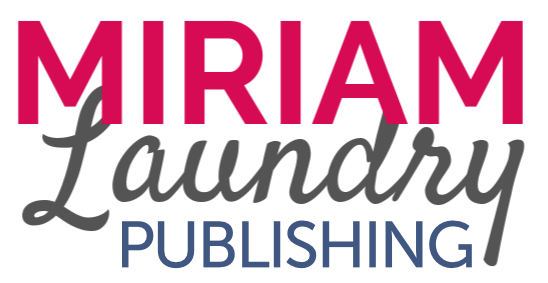There are three major types of editing: manuscript analysis, structural editing and copyediting. In this blog, you’ll discover what a manuscript analysis is and how you can do it yourself.
- What a Manuscript Analysis is
- How to Analyse Your Own Manuscript
- Questions about the…
What a Manuscript Analysis Is
A manuscript analysis is when you take a bird’s-eye view of your manuscript and evaluate its core elements such as the main character, the problem, and the solution.
You can think of it like an archaeologist who has just found an interesting rock in a dig site. Before they can identify the rock and where it’s from, they first need to dig out all the soil around it and dust it off for a closer look.
The manuscript analysis is the writer’s and editor’s way of brushing off all the extra stuff so they can later edit the specific details without any major distractions.
During the analysis, you’ll want to make sure your manuscript is appropriate for your target audience, makes logical sense, and addresses a problem/concern/life stage that your audience will either be interested in or needs help navigating.
Therefore, most times when an editor analyses your manuscript, they’ll provide a separate document with notes on what to improve and their general impression of the story. In this phase of editing, you will not see any in-text edits or comments.
Similarly, when you analyse your own manuscript, you’ll need to keep your ideas and general impressions noted so that you can edit your manuscript accordingly.
Here’s an example of the type of comment you can expect during analysis:
Consider your target audience as you write. The manuscript follows the story of a young boy, which is great since your target audience is also young, but he faces a problem that is beyond his age. I suggest adjusting the problem in the story so that it is more appropriate for your main character/target audience’s age range. Then, you’ll be sure to relate to your audience and ensure your story appeals to the right age group.
Pre-Edit & Save on Your Budget:
Editing Checklist for Children's Books
How to Analyse Your Own Manuscript
If you want to do your own manuscript analysis, you’ll want to ask yourself a series of questions. Then, you can be sure all your bases are covered and you’ve addressed every core concern when it comes to storytelling.
Here’s a list of questions to ask yourself as you analyse your manuscript:
Questions about the Problem
Who is my target audience?
What is the problem in the story?
Is the story appropriate for my target audience?
Questions about the Characters
Who is my main character?
Is my main character the “hero” of the story or does an adult steal the spotlight and save the day?
Are my secondary characters dynamic or are they dull?
Questions about the Ending
Does the solution to the problem make logical sense?
Is the solution the bow on top of the story, wrapping up every loose end?
Is the final scene satisfying, leaving the reader with a smile?
Ask yourself these questions, take notes as you find the answers, and adjust accordingly. Then, you’ll be sure to address every editor’s major concerns before hiring.
